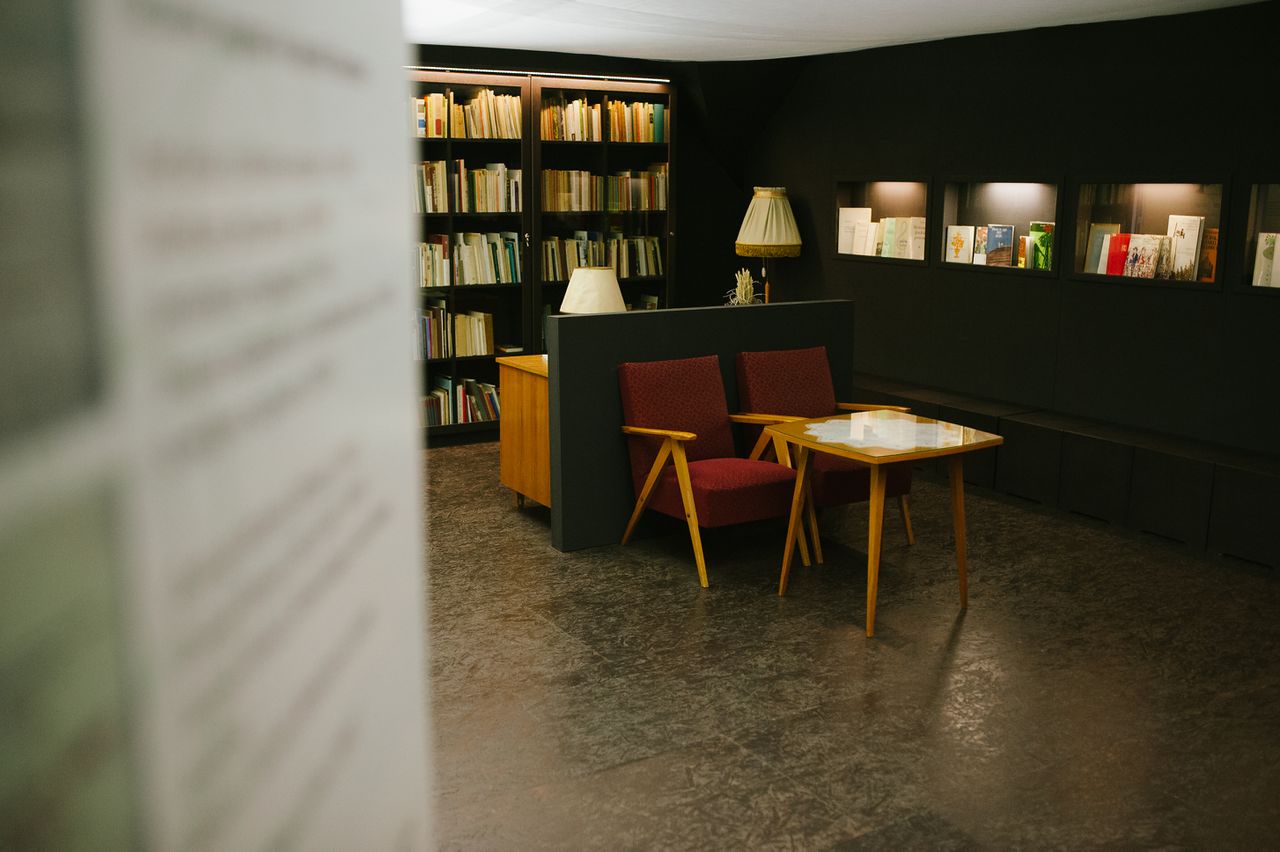Difference between revisions of "Public Institute Ribnica Handicraft Centre"
(mwtool_article) |
|||
| Line 9: | Line 9: | ||
| logo = | | logo = | ||
| street = Cesta na Ugar 6 | | street = Cesta na Ugar 6 | ||
| − | | town = SI 1310 Ribnica | + | | town = SI-1310 Ribnica |
| map = https://www.openstreetmap.org/?lon=14.72639&lat=45.73812&zoom=17&layer=mapnik | | map = https://www.openstreetmap.org/?lon=14.72639&lat=45.73812&zoom=17&layer=mapnik | ||
| website = http://www.rokodelskicenter-ribnica.si/ | | website = http://www.rokodelskicenter-ribnica.si/ | ||
Latest revision as of 21:15, 8 March 2021
Handicraft heritage
In Slovenia, the valley of Ribnica is widely known for its cottage industries, boasting a tradition of several hundred years. Documents from the 14th century first mention Ribnica's suha roba, the wooden arts and crafts (provisionally translated as "dry goods"). With the 1492 merchant decree of Emperor Friderik III, suha roba spread all over the Holy Roman Empire and provided the economic self-esteem to the people of the region who built-up Ribnica as a religious and cultural centre.
To preserve the tradition, the woodenware-making region in 2004 acquired a geographical designation with the name "Woodenware of Ribnica". Pottery is predominantly made in the south of the valley, with the best-known pottery product being the "Ribnica whistle", which basically looks like a "horse whose bottom whistles". The Ribnica Fair of Woodenware and Pottery is held every first Sunday in September.
At the centre, one can see local artisans in action, as visitors are taken through the captivating processes of creating these wooden products. Workshops for visitors to join in are also organised.
A dislocated museum collection
The premises of the Ribnica Handicraft Centre holds an exhibition of the Museum of Ribnica dedicated to Dr. Zmaga Kumer, who devoted her life to studying folk music and was an important member of the ethno-musicological community in Slovenia and Europe.
 Dr. Zmaga Kumer Memorial Room, Museum of Ribnica, 2013.
Dr. Zmaga Kumer Memorial Room, Museum of Ribnica, 2013.


